JSON Overview and Material ECA Enumerations
In This Article
A unique and powerful feature of Material ECA is its ability to import and export data. Users can create Material ECA components using other software or platforms, upload them to the Material ECA platform and run them. Similarly, Material ECA results can be exported so users can use other software or platforms to further process the results for their own purposes, such as charting, reporting, data analytics, combining data from Material ECA with data from other platforms or services as desired, etc. Material ECA uses data formatted as JSON to import components and export results. This article is the first in a series to help users get started taking advantage of this powerful feature.
The topics are covered in this article include the following:
- JSON Overview
- Exporting and Viewing a Fracture Component as JSON
- Defining the Material ECA Enumerations
- Modifying a Fracture Component as JSON and Uploading it to the Material ECA Platform
JSON Overview
Many apps on mobile devices and tablets interchange data with remote servers. Such apps include online banking, shopping, and social media. The process of interchanging data over the internet involves data serializing, encoding, and encrypting. Serializing data is the process of converting data to a string of text or a stream of bytes. JSON has become the most common format to serialize data for mobile data interchange, as it’s efficient, easy to understand, and most modern software languages can easily serialize and parse it.
There are many websites that describe JSON. The official JSON website is JSON.org. The following is from a Wikipedia article on JSON (https://en.wikipedia.org/wiki/JSON):
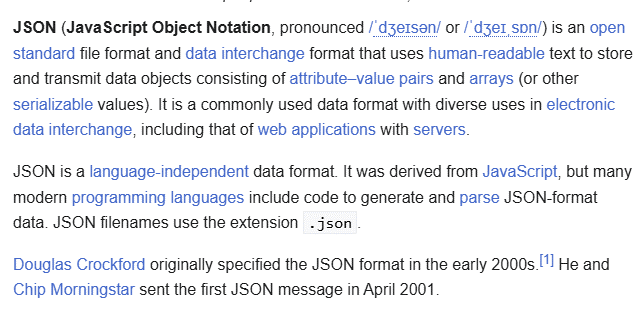
The following example of a data object representing a person formatted as JSON is from the same Wikipedia.org article:

The JSON object is a set of Name-Value pairs, separated by commas, contained in curly brackets. A colon separates the Names and Values. Each Name is a string surrounded by double quotation marks. The Values may be a string, number, Boolean, array, object, or null. Arrays are contained in square brackets, and objects are contained in curly brackets.
Exporting and Viewing a Fracture Component as JSON
Log in to Material ECA, navigate to the component you want to download as JSON, and scroll to the bottom of the form, as shown below. I’m using the Fracture 01 component built as part of the article about the Fracture component. Click the Download as JSON button.
Locate the exported file in the Downloads folder.
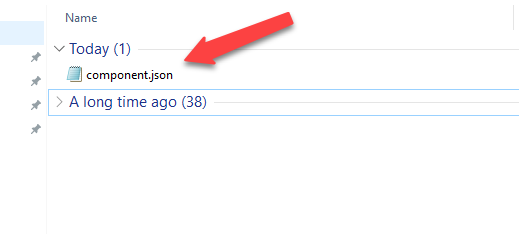
Move the file to a convenient location and rename it. Keep the .json extension.

Open the file using a browser. I use the Microsoft Edge browser with a JSON formatter extension so it’s easy to read.
As you explore the view, you’ll begin to recognize how the Name-Value pairs are associated with fields in the Fracture component. For example, “OD”, which represents the outside diameter, has a value of 10.75. However, you’ll also recognize that some items use numerical values as enumerations. For example, “GeometryType” has a value of 3, which represents a circumferential flaw on or near the inside surface of a cylinder or pipe. Also, “BUnit” has a value of 0, which represents millimeters, and “ODUnit” has a value of 1, which represents inches. All enumerations used by Material ECA are defined in the following section of this article.
Defining the Material ECA Enumerations
The following tables define the Material ECA Enumerations:
The “Reference Stress Type” and “MmMb Type” enumerations are used in Material ECA results and represent the paragraphs in BS 7910 Annexes M and P used for the calculation.
The FCGR Type is used by the Fatigue component in the Fatigue Crack Growth Rate Law Helper.
Modifying a Fracture Component as JSON and Uploading it to the Material ECA Platform
In this section we’ll change the name of the component and the wall thickness and import the modified component to the same project on the Material ECA platform.
Open the JSON file using Note Pad (Windows) or Text Edit (Mac).
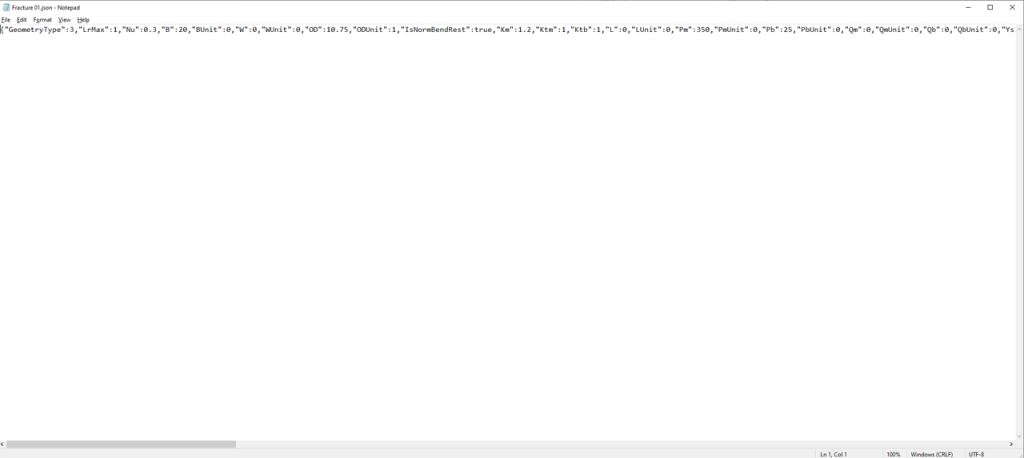
In Note Pad the data is shown as a text string on a single line. Search (ctrl-f) for “name”.

Change the value for the “Name” field to “Fracture 01a”

Now search for “OD” and change the value to 10.76
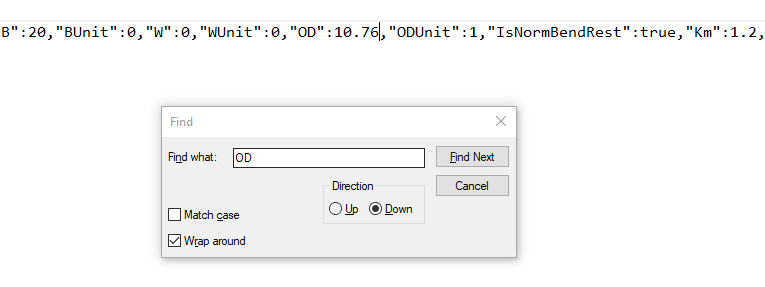
Save the file as “Fracture 01a.json” and close it.
Return to the Components page in the same project on the Material ECA platform and click the Upload JSON Component button.
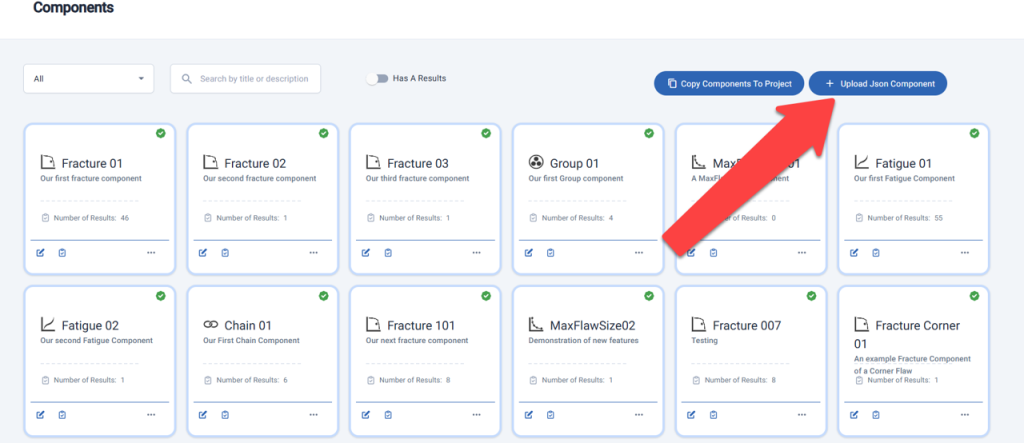
Navigate to the location of the file to be uploaded and click “Open”. Return to the Components page and confirm the new component has been uploaded.
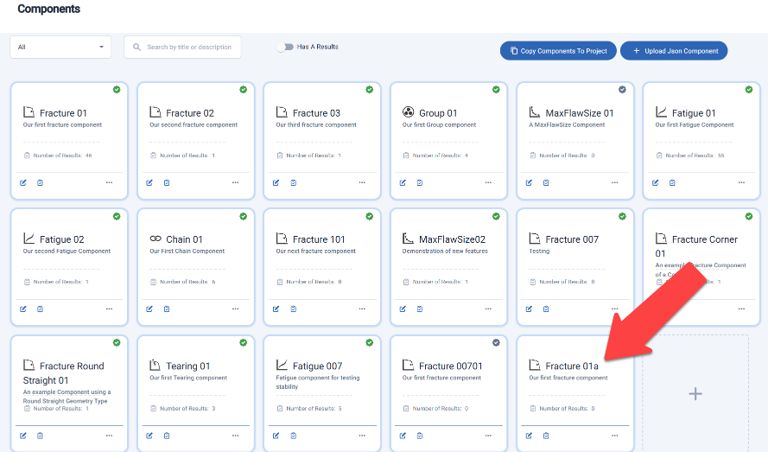
Open the component and verify the OD was changed to 10.76. Now it can be run or added to Chain and Group components like any other component.
Next article: The JSON Structure of Material ECA Results
Last Updated: 19 August 2024

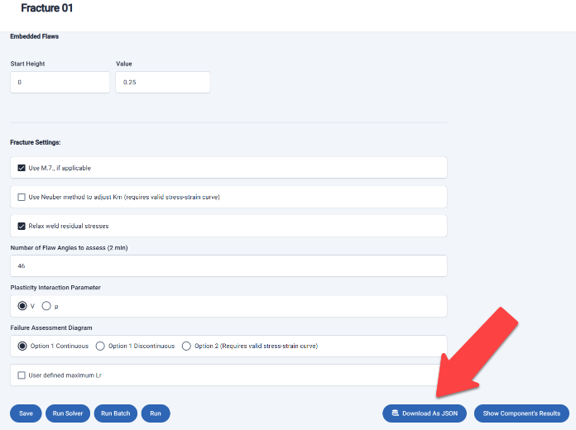
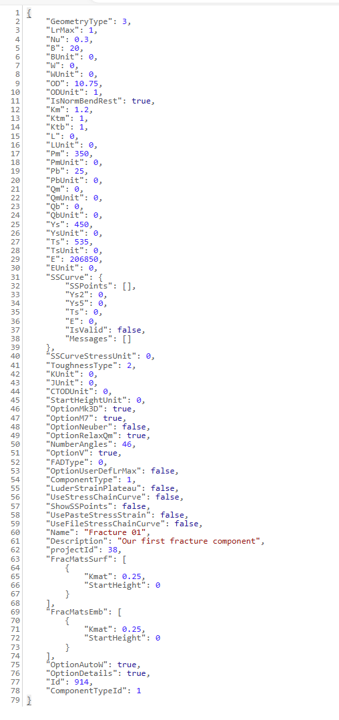
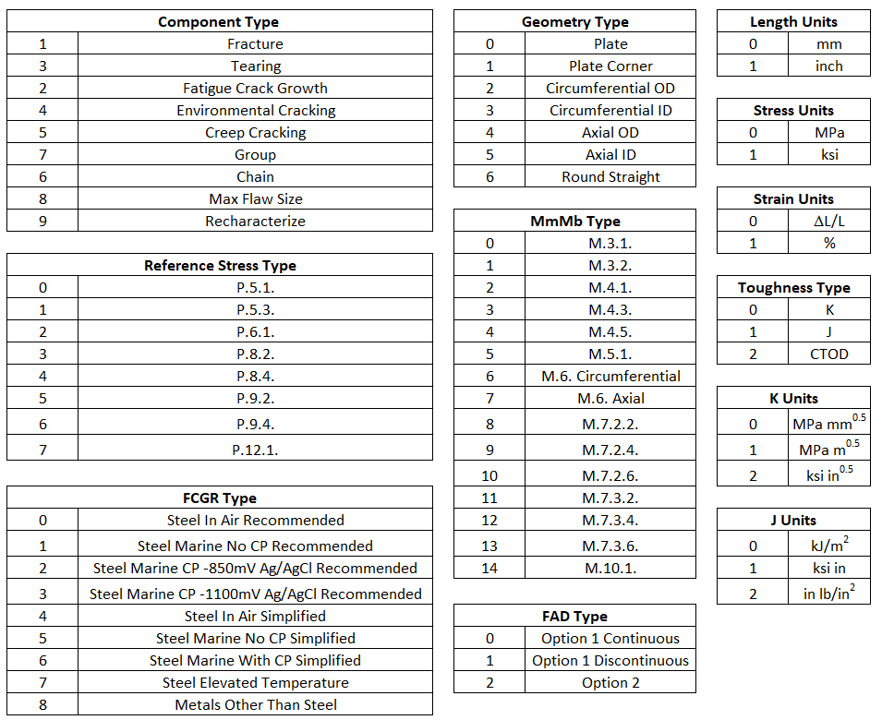
Dear Dr. O’Donnell,
I am writing to express my sincere gratitude for the exceptional content you have meticulously categorized and presented on your YouTube channel and website. Your explanations are clear, concise, and have been incredibly valuable to my research on Pipeline/ECA.
I particularly appreciate your detailed explanation of these complex topics, which has greatly enhanced my understanding. Your work is a vital resource, and I wanted to thank you for the time and effort you put into making such high-quality educational material available.
Thank you once again for your invaluable contributions to the field.
Thank you, Rahim.